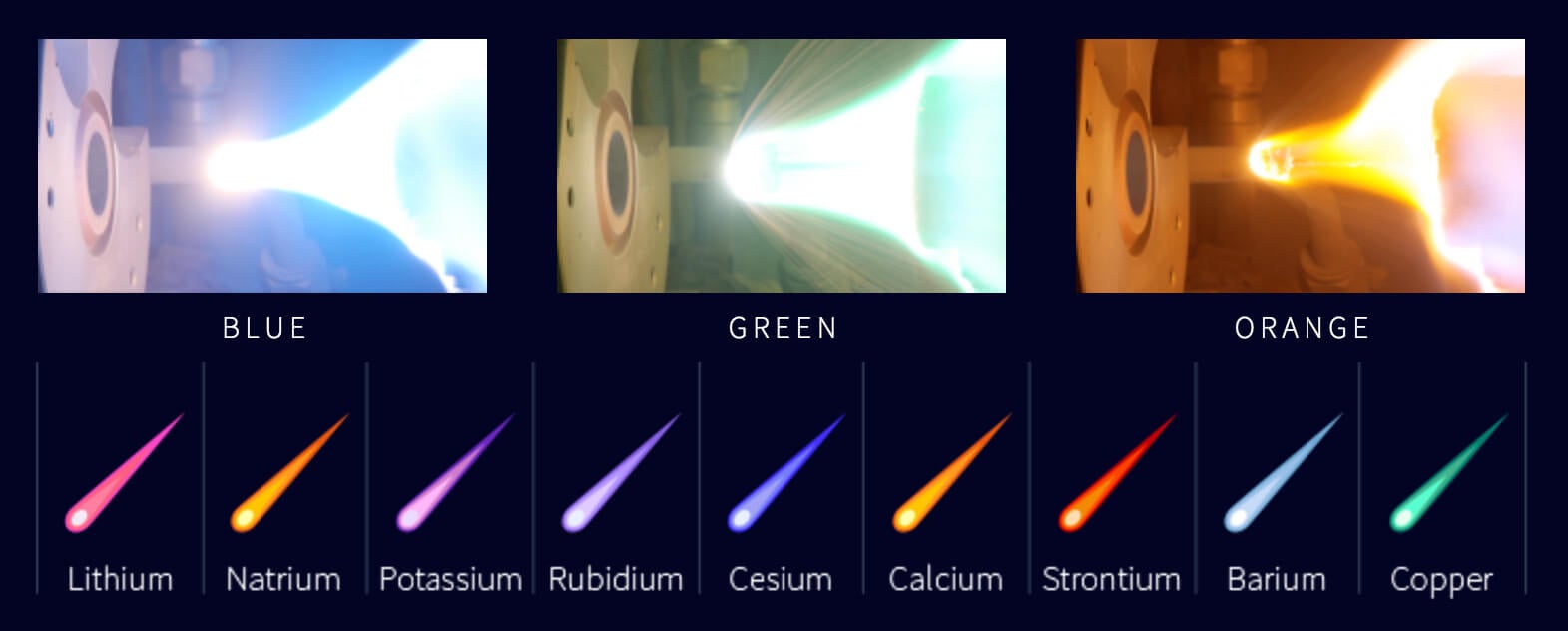Multicolored Artificial Meteor Showers Launched From a Satellite Are Coming Soon

Share
High above Earth, a satellite traveling 7.8 kilometers a second opens on one side and launches 1,000 spherical pellets. Though this might sound like the opening scene of a science fiction movie or a villain plot from the world of James Bond — it is anything but.
It is the vision of Lena Okajima, CEO and founder of the Japanese startup ALE. She and her team have developed the pellets. The precise recipe is kept secret, but the result of their chemical composition is not.
As the pellets fall through Earth’s atmosphere, they will start to burn, lighting up the night sky as a multicolored artificial meteor shower. At the same time, this new nighttime entertainment will do its bit for science.
“I hope the meteors — or shooting stars, if you will — will be both mesmerizing and inspiring. At the same time, they will generate new insights into a part of the atmosphere that we know relatively little about,” Okajima says.
A long way coming
The inspiration for creating meteors came to Okajima in 2001 while watching the Leonid meteor shower. Her friends’ initial reaction when she told them about what she wanted to do was one she encountered a number of times over the years.
“I told my friends about my idea, and they thought the same way. They just didn’t think that I would really go and make one; they thought I was crazy,” Okajima says with a laugh.
The idea stayed with her through university, where she earned a PhD in astrophysics. From 2009 to 2015, she worked full-time jobs and also as a consultant, while continuing to develop her artificial meteors.
“I had always believed in this project. Space and exploration, pushing what is doable, was part of why I fell in love with the field when I was young,” Okajima says. “I wanted to contribute to science through entertainment. I was convinced that I would be able to monetize our product and financially support future scientific research.”
Welcome to sci-tainment
ALE has used an Arc heated wind tunnel to run a series of re-entry tests and simulations. The results showed that that it is possible to create white, blue, green and orange meteors. Other metals should further expand the possible pallet of colors.

Image credit: ALE
The man-made meteors will burn brighter than Sirius, the brightest star in the night sky, at between 60 and 80 kilometers above Earth. They will be visible from the ground in a rough circle 200 kilometers in diameter, even above a brightly lit city like Tokyo.
New private space firms like SpaceX have helped lower prices, however, it is still anything but cheap to launch objects like the microsatellites that ALE plan to use into orbit. The current price of launching a 50x50x50 centimeter satellite like ALE’s is around $3 million. Add the price of the artificial meteors, as well as development costs, and the final cost per launch will be somewhat more .

A microsatellite like this one would deploy ALE's artificial meteors. Image credit: ALE
Be Part of the Future
Sign up to receive top stories about groundbreaking technologies and visionary thinkers from SingularityHub.


“We initially thought about selling the shooting stars one at a time, but it is an idea we have been moving away from. We are looking at possible tie-ins with corporate sponsors for major events, such as the 2020 Olympics, or similar projects,” Okajima explains.
The idea of mixing science and entertainment like this might initially make some science purists scoff at the dilution of science. It is, however, worth remembering that science and entertainment have mixed — and served as inspiration for each other many times.
One of the best examples might be Star Wars. Ask anyone working in the field of robotics research and part of their initial fascination with the field is likely to have come from seeing R2-D2 and C-3PO on the silver screen.
At the same time, Okajima hopes that the meteor showers can lead to new communal, shared experiences — and perhaps inspire the next generation of scientists.
“What I hope is that the project over time can create new culture. For example, Sakura — going to watch the cherry blossoms — is something that almost all Japanese people take part in. We talk about how it would be fantastic if there could be similar celebrations based around the idea of [meteors] — and perhaps it can generate some of the wonder and joy about meteors that got our project started,” she says.
Insights about part of the atmosphere await
Okajima recently published a paper in journal Acta Astronautica co-authored by scientists at a number of Japanese universities explaining the potential benefits of artificial meteors.
“Although the upper atmosphere has been observed by monitoring auroras and meteors using LiDAR and spectrometry, it is not possible to make observations at any location by these approaches,” the scientists wrote in the paper. “Moreover, balloons and sounding rockets cannot be used because of their altitude constraints. Thus, the upper atmosphere remains poorly understood.”
According to the group, ALE’s meteors could generate insights into the environment and contribute to astronomy and planetary science. Some of the potential benefits are more efficient aircraft operation, better lifetime evaluation of satellites, and assessment of space debris.
Banner image credit: Shutterstock.com
Marc is British, Danish, Geekish, Bookish, Sportish, and loves anything in the world that goes 'booiingg'. He is a freelance journalist and researcher living in Tokyo and writes about all things science and tech. Follow Marc on Twitter (@wokattack1).
Related Articles

How Scientists Are Growing Computers From Human Brain Cells—and Why They Want to Keep Doing It

Scientists Say We Need a Circular Space Economy to Avoid Trashing Orbit

Scientists Race to Deliver Custom Gene Therapies for Incurable Diseases in Weeks—Not Years
What we’re reading